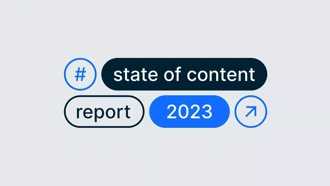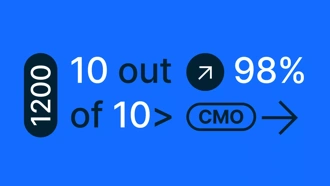As we look ahead to 2023, brands will be focused on creating exceptional content experiences in order to exceed buyer expectations. But what goes into creating a content experience? It's more than a collection of different technologies, people, or tactics – it's a holistic approach to building brand loyalty and improving customer satisfaction.
When it comes to tools, having an ecommerce platform, CMS, and DAM are a great start, but the ever-increasing demand for personalized content requires brands to be strategic and innovative to break through the noise of market competition.
The acceleration and adoption of ecommerce has rapidly increased since 2020 and the shift of buyer behavior following the pandemic. Consumers are now looking for a seamless experience, with their customer journey to be explicit with the exact information to be delivered at the right time. However, for marketers, ensuring that the right content is delivered to all the different touchpoints can cause a serious headache without a digital ecosystem.
Customers express frustration when they experience inconsistent content experiences or information presented across channels. According to Salesforce, 72% of B2B buyers start their purchasing journey online, and brands need to be consistent and accessible at every digital touchpoint. For example, without the right, or enough, product shots and marketing assets, content won’t reach the right buyers in the right place with the right message—and opportunities will be lost.
What does this mean for ecommerce?
The key to solving this dilemma lies in the technology and processes used to distribute assets and product information. Having an operative ecommerce platform requires a clearly-defined content marketing strategy that optimizes the use of user-focused videos, images, and copy to engage customers. While the challenge is to keep up with growing buyer demand, having an integrated martech strategy enables teams to remain agile.
As our friends at Gorilla Group say, ecommerce never stops evolving. Brands need to be able to remain agile in order to pivot to go to market faster. According to the 6th edition of Gorilla Group’s B2B Benchmarking report, 30% of brands use SAP Commerce Cloud for their ecommerce platform. SAP Commerce Cloud is a cloud-native, commerce platform that helps businesses innovate, drive digital transformation, and make commerce a straightforward process. That's why we partner with both organizations to help customers streamline their full content lifecycle to help them create powerful content experiences.








